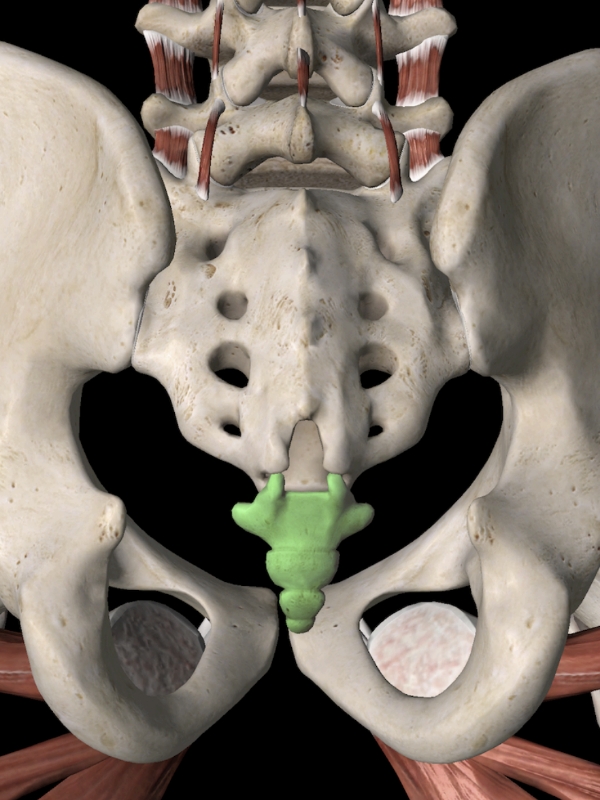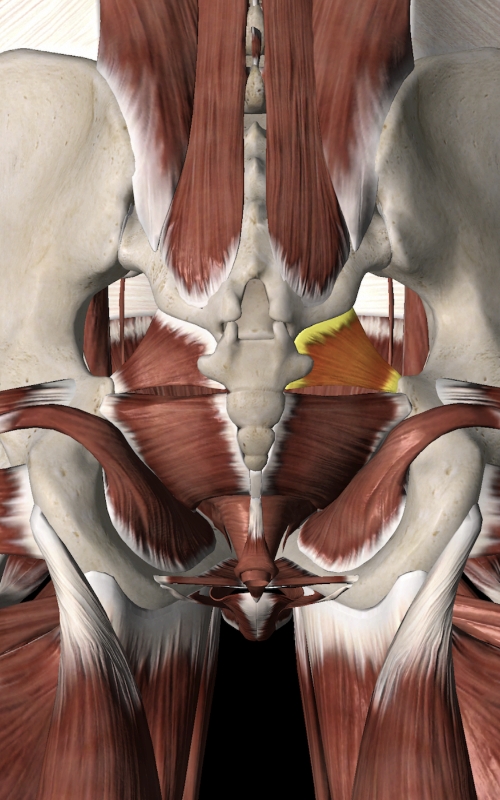What is the tailbone pain?


Coccydynia (tailbone pain) is pain around the coccygeal region that may be caused by sudden impact over the coccyx area from falls or traumatic injuries, resulting in pain and inflammatory changes of the surrounding ligaments and muscles. Coccyx is the lowest point of the spinal column attached to the bottom of sacrum bone. It plays an important role in allowing for stability, especially when seated. If you have experienced tailbone pain or tailbone spasm with sitting, bowel movements, sexual intercourse, exercise, or any other activity, it is called coccydynia in medical terms.
Muscles and ligaments around Coccyx (tailbone)


Attachments
One of the key functions of the coccyx is as an attachment point for various structures. The gluteus maximus attaches to the coccyx, as does the levator ani muscle, which is a key component of the pelvic floor. The anococcygeal raphe is a thin, fibrous ligament that runs from the coccyx and helps support the position of the anus.
Muscles around coccyx
- Levator ani- support pelvic organs and elevate pelvic floor
- Coccygeus- support pelvic organs and elevate pelvic floor
- Piriformis – hip external rotator, Sciatic nerve is passing through the muscle
- Gluteus Maximus – hip extension/external rotator, stabilize hip, pelvis and spine
Why am I experiencing tailbone pain?
Tailbone pain can be either traumatic or nontraumatic in nature. Non traumatic tailbone pain can be caused by sitting for a long time in a hard chair. Some common trauma include:
- Traumatic injury in tailbone, sacrum, spine or pelvis
- Fall backward onto your bottom
- Car accident
- Pregnancy and childbirth – ligaments are getting loose with hormone changes and increased weight gives additional stress around pelvis and spine
- Horseback riding on a bumpy trail
- Weight training such as deadlift – deadlift movement gives lots of pressure in sacroiliac joint area
What is the Most effective treatment program?
- Focused Shockwave Therapy (ESWT)
- Focused type shockwave therapy can release dysfunctional connective tissues on sacrum and tailbone effectively
- Manual Therapy
- Myofascial release around coccyx to release tension and realign the joint
- Mobilization in tailbone to correct alignment
- Trigger point therapy to relieve pain and tightness
- Graston technique to break up adhesion
- Vibration percussion therapy around SI joint and muscles
- Stretching exercise and strengthening program
- Stretching and mobility exercises should be emphasized to release tight muscles in the lumbar spine, hip joint, pelvis, sacrum and tailbone area. Once the flexibility has improved, circulation also improves and it facilitates the healing process. Strengthening and core exercises will be added depending on the patient’s progress.
What to expect after the treatment?
Since tailbone and sacrum area treatment relieve abnormal tension of the nervous system in the spinal cord, it can show a variety of effects in the whole body. The possible results include:
- Pain relief
- Increased mobility/flexibility in spine, pelvis, hip joint
- Decreased nerve tension around spine
- Improved strength in the core and lower body
- Improve breathing
- Improved organ movement
